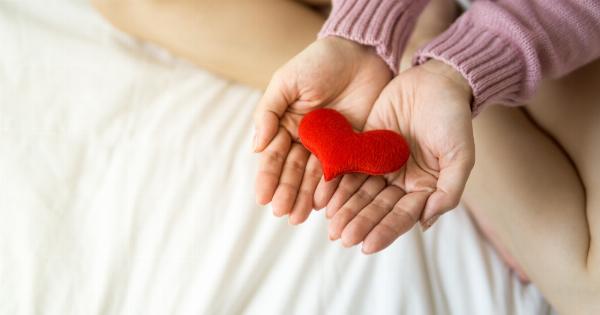Orgasms are an intense experience, and every person’s body responds to it differently. However, the female body typically goes through a series of physical changes during an orgasm.
In this infographic, we’ll explore what happens during a female orgasm and how it affects the body.
1. Increased Blood Flow
The female genitals become engorged with blood during arousal. This causes the clitoris and outer labia to become more sensitive.
During orgasm, the blood vessels in these areas continue to dilate, which can cause a warm flush to spread throughout the body.
2. Muscle Tension
The muscles in the pelvis, thighs, and buttocks become tense during arousal. This tension continues to increase until orgasm, at which point the muscles will suddenly contract and release.
The pelvic muscles are particularly involved and may contract up to 15 times during orgasm.
3. Lubrication
The vagina produces natural lubrication during arousal, which helps to reduce friction during sex. This lubrication can increase during orgasm, making sex more comfortable and pleasurable.
4. Clitoral Stimulation
The clitoris is the most sensitive part of the female genitals, and it is typically stimulated during arousal and orgasm. Stimulation of the clitoris can lead to intense pleasure and a feeling of warmth.
Some women may even experience a tingling or shaking sensation throughout their body.
5. Release of Hormones
During orgasm, the brain releases a surge of hormones, including oxytocin and endorphins. Oxytocin is known as the “love hormone” and is responsible for increasing feelings of intimacy and bonding with a partner.
Endorphins are natural painkillers and can help to reduce feelings of anxiety or stress.
6. Increased Heart Rate and Breathing
As the body approaches orgasm, the heart rate and breathing will increase. This is due to the increase in blood flow and muscle tension throughout the body. After orgasm, the body will typically relax and return to a normal breathing rate.
7. Contractions of the Uterus
During orgasm, the uterus will also contract rhythmically. This can help to push semen into the uterus and increase the chances of conception. However, these contractions can also lead to menstrual cramps in some women.
8. Pleasurable Sensations in the Brain
The brain is responsible for interpreting sensations throughout the body. During orgasm, the pleasure centers in the brain become highly activated. This can lead to feelings of intense pleasure and euphoria.
9. Relaxation and Decreased Stress
After orgasm, the body will typically relax and release tension. This can help to reduce feelings of anxiety or stress. Some women may even feel a sense of emotional release or a decrease in symptoms of depression.
10. Refractory Period
After orgasm, many women will enter a refractory period. During this time, it may be difficult or impossible to achieve another orgasm.
The length of the refractory period can vary from person to person and may be influenced by factors such as age and hormone levels.





























